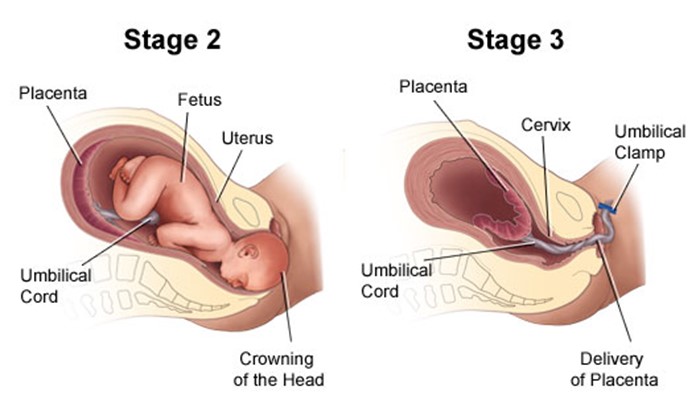Which assessment should the home health nurse include during a routine home visit for a client who was discharged home with a suprapubic catheter?
Observe insertion site.
Palpate flank area.
Measure abdominal girth.
Assess perineal area.
The Correct Answer is A
Choice A: Observing insertion site is an essential assessment for a client who has a suprapubic catheter. The insertion site is located in the lower abdomen, where urine drains from an opening in the bladder through a catheter into a drainage bag. The nurse should inspect the site for signs of infection, inflammation, bleeding, or leakage. The nurse should also clean the site with soap and water and apply a sterile dressing as needed.
Choice B: Palpating flank area is not a relevant assessment for a client who has a suprapubic catheter. The flank area is located on the sides of the back, where the kidneys are located. Palpating the flank area can detect tenderness or pain that may indicate kidney infection or stones, but it does not provide information about the suprapubic catheter or its function.
Choice C: Measuring abdominal girth is not a relevant assessment for a client who has a suprapubic catheter. The abdominal girth is the circumference of the abdomen at the level of the umbilicus. Measuring abdominal girth can detect changes in fluid balance, ascites, or bowel obstruction, but it does not provide information about the suprapubic catheter or its function.
Choice D: Assessing perineal area is not a relevant assessment for a client who has a suprapubic catheter. The perineal area is located between the anus and the genitals. Assessing perineal area can detect signs of infection, irritation, or injury in the genital or anal regions, but it does not provide information about the suprapubic catheter or its function.
Nursing Test Bank
Naxlex Comprehensive Predictor Exams
Related Questions
Correct Answer is C
Explanation
Choice A reason: Providing pain medication to increase the client's tolerance of labor pains is not a specific intervention for the second stage of labor. Pain medication is a drug that relieves pain by blocking pain signals or reducing inflammation. Pain medication can be given during any stage of labor, depending on the client's preference and condition. However, pain medication may have side effects such as sedation, nausea, or respiratory depression, and may affect the fetal heart rate or the progress of labor.
Choice B reason: Assessing the fetal heart rate and pattern for signs of fetal distress is not a particular intervention for the second stage of labor. Fetal heart rate and pattern are indicators of fetal well-being and oxygenation. Fetal heart rate and pattern should be monitored throughout labor, especially during contractions, to detect any abnormalities or complications such as bradycardia, tachycardia, or decelerations.
Choice D reason: Monitoring effects of oxytocin administration to help achieve cervical dilation is not a relevant intervention for the second stage of labor. Oxytocin is a hormone that stimulates uterine contractions and cervical dilation. Oxytocin can be administered during labor to augment or induce labor, especially if there is prolonged or dysfunctional labor. However, oxytocin is not needed in the second stage of labor, when the cervix is already fully dilated and the focus is on pushing and delivering the baby.

Correct Answer is B
Explanation
Choice B is correct because anxiety is the priority nursing problem for this client who starts to cry and states, "I just know I can't handle all the pain." Anxiety is a feeling of fear, nervousness, or apprehension that can interfere with coping and decision making. The nurse should assess the level and source of anxiety and provide emotional support and reassurance to the client. The nurse should also review the pain management techniques and explain the benefits and risks of different analgesic options.
Choice A is incorrect because knowledge deficit is not the priority nursing problem for this client who starts to cry and states, "I just know I can't handle all the pain." Knowledge deficit is a lack of information or understanding about a topic or situation that can affect learning and behavior. The nurse should evaluate the client's learning needs and provide appropriate education and resources, but this is not as urgent as addressing the client's anxiety.
Choice C is incorrect because pain intolerance is not the priority nursing problem for this client who starts to cry and states, "I just know I can't handle all the pain." Pain intolerance is an inability or unwillingness to endure pain that can affect quality of life and recovery. The nurse should assess the client's pain level and response to analgesics and adjust the pain management plan accordingly, but this is not as urgent as addressing the client's anxiety.
Choice D is incorrect because anticipatory grieving is not the priority nursing problem for this client who starts to cry and states, "I just know I can't handle all the pain." Anticipatory grieving is a process of mourning that occurs before an expected loss or death that can affect emotional and physical well-being. The nurse should acknowledge the client's feelings and provide empathy and support, but this is not as urgent as addressing the client's anxiety.
Whether you are a student looking to ace your exams or a practicing nurse seeking to enhance your expertise , our nursing education contents will empower you with the confidence and competence to make a difference in the lives of patients and become a respected leader in the healthcare field.
Visit Naxlex, invest in your future and unlock endless possibilities with our unparalleled nursing education contents today
Report Wrong Answer on the Current Question
Do you disagree with the answer? If yes, what is your expected answer? Explain.
Kindly be descriptive with the issue you are facing.
